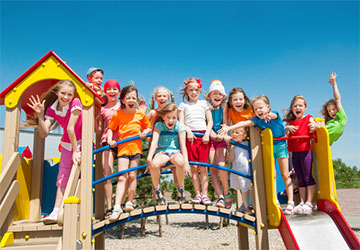Sun Safety For Kids
But it doesn’t take much time in the sun for most people to get the vitamin D they need. And repeated unprotected exposure to the sun’s ultraviolet (UV) rays can cause skin damage, eye damage, immune system suppression, and skin cancer. Even people in their twenties can develop skin cancer.
Most kids get much of their lifetime sun exposure before age 18, so it’s important for parents to teach them how to enjoy fun in the sun safely. Taking the right precautions can greatly reduce your child’s chance of developing skin cancer.
Facts About Sun Exposure
The sun radiates light to the earth, and part of that light consists of invisible UV rays. When these rays reach the skin, they cause tanning, burning, and other skin damage.
Sunlight contains three types of ultraviolet rays: UVA, UVB, and UVC:
UVA rays cause skin aging and wrinkling and contribute to skin cancer, such as melanoma. Because UVA rays pass effortlessly through the ozone layer (the protective layer of atmosphere, or shield, surrounding the earth), they make up the majority of our sun exposure.
Beware of tanning beds because they use UVA rays as well as UVB rays. A UVA tan does not help protect the skin from further sun damage; it just produces color and a false sense of safety.
UVB rays are also dangerous, causing sunburns, cataracts (clouding of the eye lens), and effects on the immune system. They also contribute to skin cancer. Melanoma, the most dangerous form of skin cancer, is thought to be associated with severe UVB sunburns that occur before the age of 20. Most UVB rays are absorbed by the ozone layer, but enough of these rays pass through to cause serious damage.
UVC rays are the most dangerous, but fortunately, these rays are blocked by the ozone layer and don’t reach the earth.
What’s important is to protect your family from exposure to UVA and UVB, the rays that cause skin damage.


